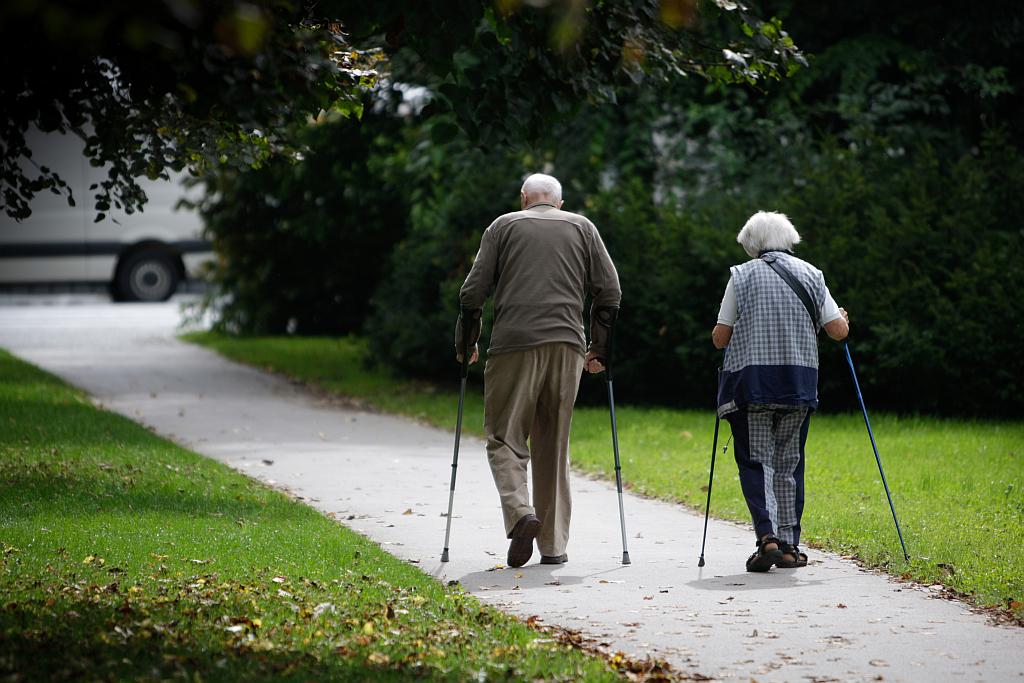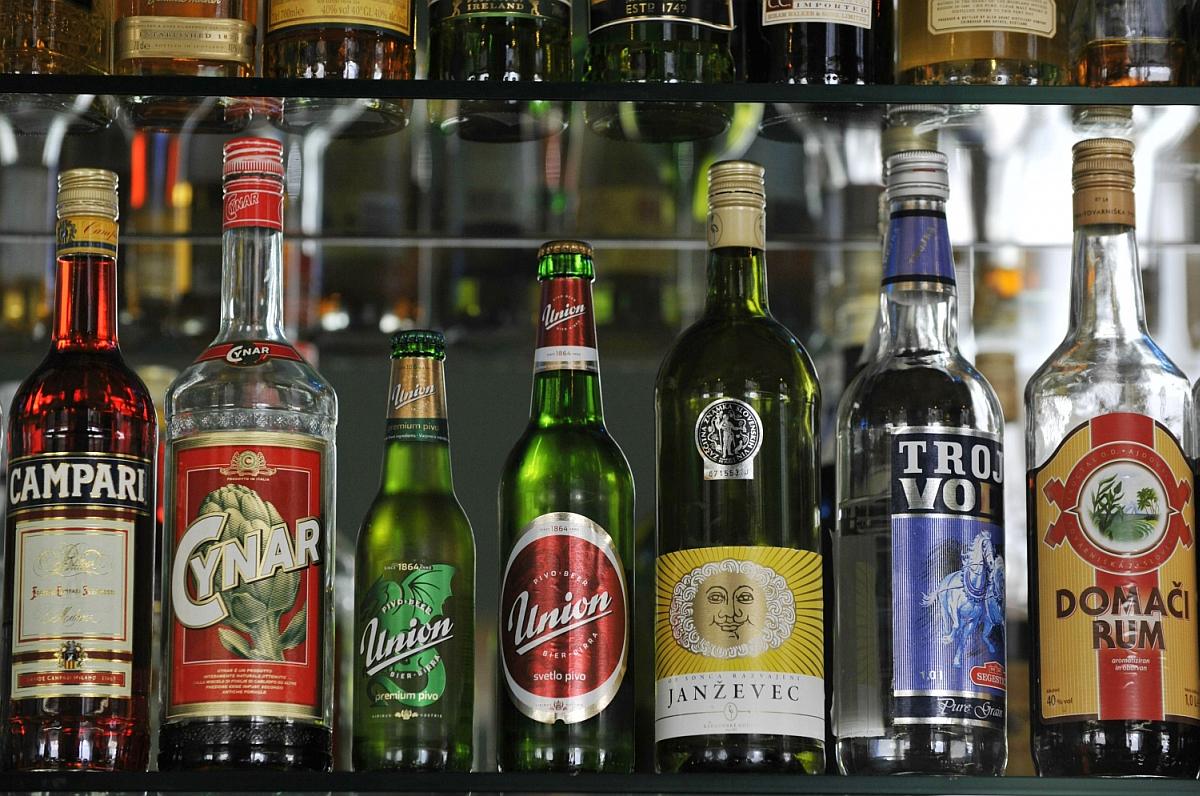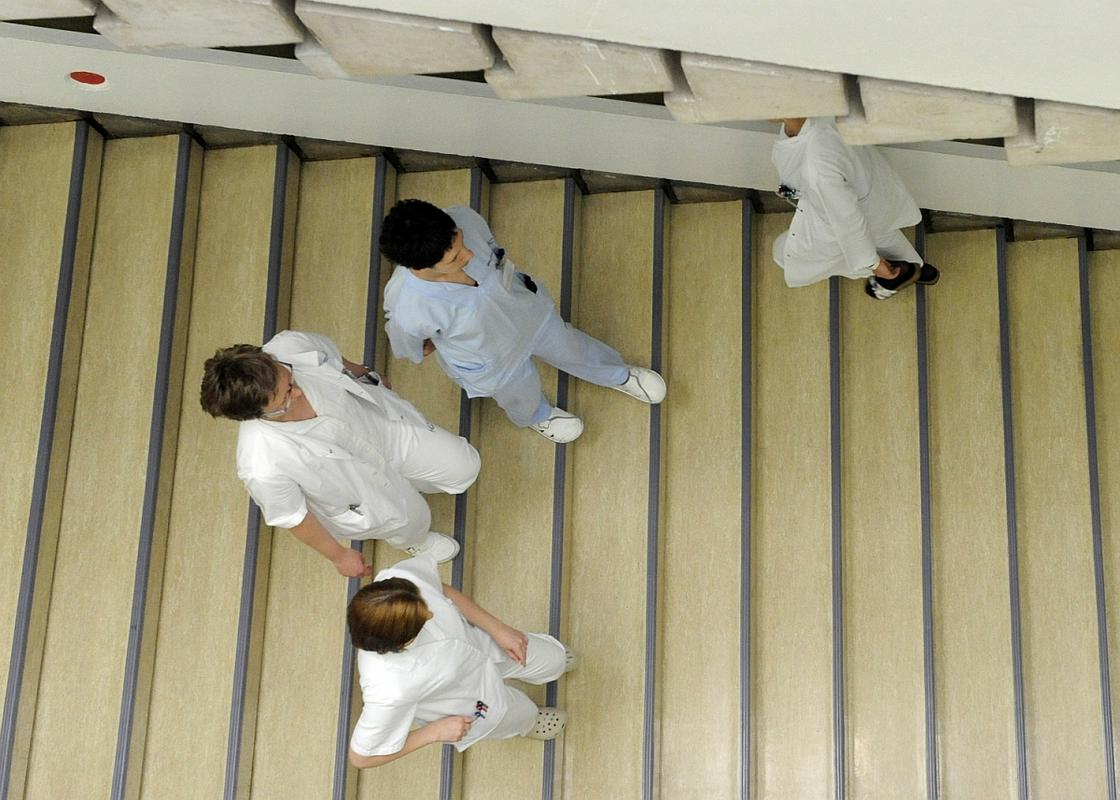



A new joint report by the Organization for Economic Cooperation and Development in Europe (OECD) and the European Commission, entitled Health at a Glance: Europe 2014, presents the latest information on the health situation, health risk factors and access to medical care in all 28 EU member states and EU candidate countries (with the exception of Albania due to limited data availability), as well as in countries part of the European Free Trade Association (EFTA).
Therefore the report also included Montenegro, Macedonia, Serbia, Turkey, Iceland, Norway and Switzerland.
Slovenia with the biggest improvement regarding newborns
The report places Slovenia among countries with the highest suicide rate. Other countries topping this dark statistic, apart from Slovenia, are Lithuania, Latvia and Hungary – the suicide rate in all these countries is 50 percent higher than the European average. Suicide is the cause of death for around 60.000 Europeans every year. The country with the lowest suicide rate is Cyprus.
At the same time the report emphasizes Slovenia as one of the countries with the lowest infant mortality rate. Moreover, Slovenia has also improved the most – from the year 1970 until 2012 the mortality rate has fallen by 7,1 percent and currently stands at 1,6 deaths per 1000 live births.
Increase in obesity due to the crisis?
More than half of all Europeans face overweight and obesity problems. Almost 17 percent of all Europeans are obese - the least in Romania (only 8 percent) and the most in Hungary (28 percent). In this category Slovenia is one of the rare countries to register the biggest difference between men and women – a great majority of those obese in Slovenia are men.
According to the report the economic crisis has also contributed to the long-term rise in obesity rates. Evidence from some countries shows a link between financial distress and obesity. The report writes that regardless of their income or wealth, people who experience periods of financial hardship are at an increased risk of obesity.
We live longer
Brussels stresses the continued increase in life expectancy as one of the key findings of the report. It currently stands at 79 years of age, which is five years more than in the year 1990. Life expectancy for women has reached 82 years, while for men it is 76 years. In Slovenia the average life expectancy at birth is 80 years of age - 83 years for women, and 77 years for men.
However the report also warns that inequalities in life expectancy among EU's member states remain large - the difference between those countries with the highest life expectancy (Spain, Italy and France) and those with the lowest (Lithuania, Latvia, Bulgaria and Romania) is more than 8 years.
In general, men and women with higher education live a little longer and are healthier. For example, a 65-year-old male from Central and Eastern Europe, with a higher educational degree, lives from 4 to 7 years longer than men with lower education.
A reduction in smoking and drinking
Almost 23 percent of all Europeans are smokers – the least in Sweden (only 13 percent) and the most in Greece (39 percent). Results from the last decade show a decrease in the number of smokers across the continent. In Slovenia a fifth of the population still smokes.
The average European drinks 10 liters of pure alcohol per year – the Italian drinks the least (six liters) and the Lithuanian the most (almost 13 liters). On the list of 35 countries assessed by the report, Slovenians placed 9th with 11 liters. In the last couple of decades the average alcohol consumption rate has also recorded a gradual decrease.
Only Romania and Poland with fewer doctors than Slovenia
The European Commissioner for Health and Food Safety, Vytenis Andriukaitis, and the Secretary-General of the OECD, Angel Gurria, also stressed the importance of the findings regarding state health expenditure. Although Europe is exiting the economic crisis, health spending in many European countries continues to fall.
Health expenditure in the EU in 2012, on average, amounted to 8,7% of GDP. Between the years 2009 and 2012, expenditure on health in real terms (adjusted for inflation) fell each year by an average of 0,6 percent. In Slovenia it decreased by 0,5 percent. Some of the reasons for the decrease in Slovenia are the reduction of the number of health workers and the cuts in wages.
Since the year 2000 the number of doctors, considering the size of the population, has increased in all EU countries except in France, where numbers remained level. The average is 3,4 doctors per 1.000 population. However Slovenia has one of the lowest figures in Europe regarding doctors, and that's 2,5 doctors per 1.000 population. Romania and Poland are the only countries with fewer doctors than Slovenia.

































































